
Nepalese Rugs: Why Nepal is the Place for Luxury Rug Making
Although recognized today as Nepalese rugs, these exquisite pieces have their origins deeply rooted in Tibet, Nepal’s northern neighbor. Understanding their historical significance in Tibet is crucial to appreciating how this craft evolved into one of Nepal’s largest industries. It is a narrative imbued with tradition, resilience, cultural integration, and heritage – often foundational to many textile industries.
For centuries, Tibetan mothers have woven special carpets upon the birth of a baby girl, bestowing upon her a profound birthright—the carpet itself and the intricate weaving knowledge, often learned as early as age 10. In Tibetan tradition, a girl’s marriage signifies a departure from her immediate family, but the carpet woven at her birth and the craftsmanship behind it remain cherished legacies passed down through generations.
Even today, Tibetan homes are adorned with a multitude of these carpets, serving not only to warm the inhabitants of the “roof of the world” but also to foster a deep connection across generations, and later, across cultures. This enduring tradition of carpet making persisted in Tibetan households until the upheaval brought about by the 1959 diaspora, which lead to the foundation of Today’s Nepalese luxury carpet industry. Read on to discover more about the fascinating history, materials, techniques, and global significance of these rugs.


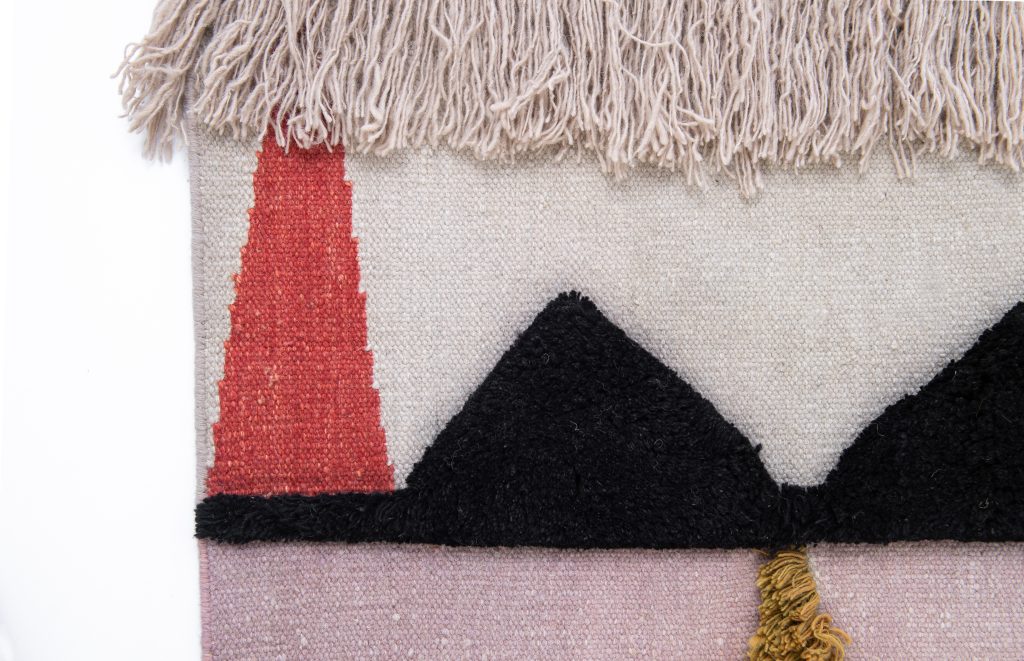

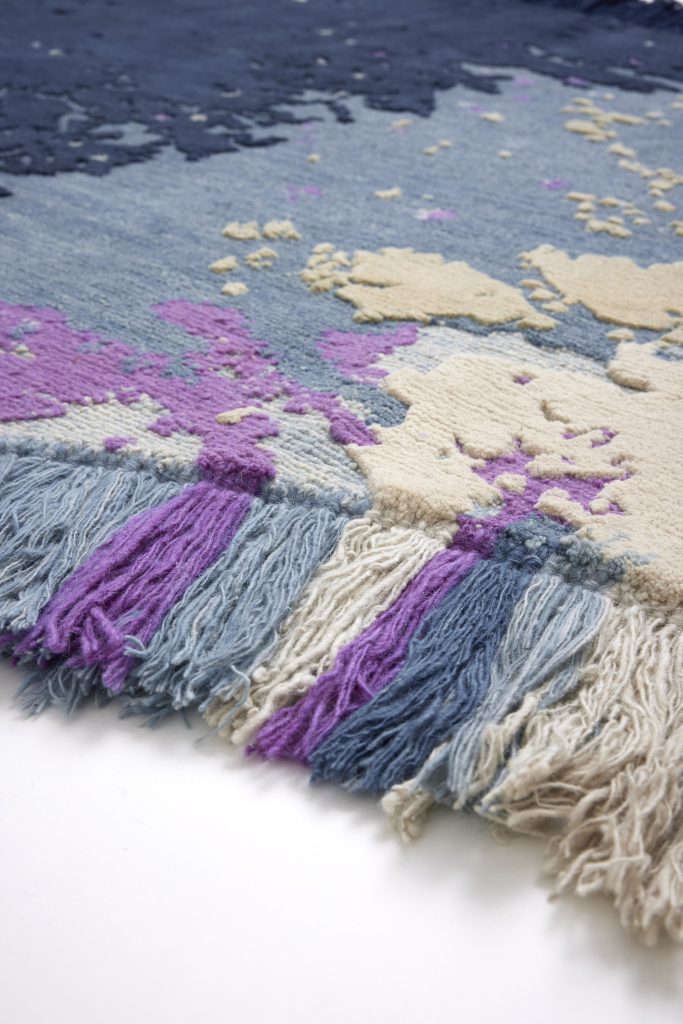

Historical Context : Tibetan Carpet Tradition Integrated into Nepalese Rugs
The Tibetan carpet tradition, rooted in the nomadic lifestyle of the Tibetan plateau, blends functionality with profound cultural symbolism. These carpets traditionally served as seats for religious meditation, bedcovers, or welcoming mats, integral to daily life and spiritual practices. The 1959 Tibetan diaspora was triggered by the Chinese invasion of Tibet, leading to the flight of the XIV Dalai Lama and thousands of Tibetans seeking refuge in neighboring countries, including Nepal. These refugees brought their rich weaving traditions with them, transforming their craft into a means of survival in their new homeland.




In Nepal, refugee camps, particularly in Kathmandu and other regions, became hubs for reviving and evolving Tibetan carpet weaving, initially supported by Swiss aid programs. The establishment of the Jawalakhel Handicraft Center in 1960, alongside Nepal’s burgeoning tourism industry, catapulted Tibetan carpets into popularity. By the 1990s, this industry constituted a substantial portion of Nepal’s economy, contributing up to 80% of its GDP and providing employment for hundreds of thousands.
Today, the Nepalese carpet industry stands as a cornerstone of the national economy, nearly on par with agriculture and tourism. While these rugs are now commonly considered Nepalese, their Tibetan roots remain an essential part of their identity, ensuring that the cultural heritage and craftsmanship continue to be celebrated and honored.
What Makes Nepalese Rugs?
Nepalese rugs, renowned for their exquisite craftsmanship and cultural heritage, embody a unique blend of traditional Tibetan techniques and local Nepalese innovations. Several key elements distinguish a Nepalese rug:
Weaving Techniques:
Nepalese rugs are renowned for their careful craftsmanship, predominantly crafted through intricate hand-weaving techniques that have been honed and passed down through generations. These traditional methods require a high level of skill, patience, and precision from the artisans who create them. Central to these techniques is the use of the Tibetan knot, also referred to as the Senneh knot in some contexts.
The Tibetan knot is distinctive for its durability and its ability to facilitate the creation of elaborate designs within the rug. This knotting style involves looping the yarn around pairs of warp threads, which are the vertical threads on the loom, and then securing them with a supplementary weft. This process results in a dense and tightly packed pile that enhances the rug’s resilience and longevity.




Materials:
Nepalese rugs are celebrated for their meticulous craftsmanship, which begins with the careful selection of high-quality materials and the use of traditional hand-loom weaving techniques. These elements are integral to creating rugs that are not only beautiful but also durable and culturally significant.
Wool:
The primary material used in Nepalese rugs is wool sourced from Himalayan sheep. Known for its softness, natural sheen, and resilience, Himalayan wool is ideal for weaving intricate patterns and achieving a dense pile. The long fibers of Himalayan wool, harvested from sheep adapted to the harsh climate of the Himalayas, contribute to the rug’s durability and luxurious texture.




Silk:
Silk is another prized material in Nepalese rugs, often blended with wool or used independently to add elegance and richness to the design. Known for their smooth texture and lustrous appearance, silk fibers are carefully woven into the rug to create highlights and contrasting textures. Silk accents enhance the overall aesthetic appeal of the rug and reflect light beautifully, showcasing the craftsmanship of the artisans.
Natural Dyes:
The vibrant colors in Nepalese rugs are achieved through natural dyes, sourced from plants, minerals, and insects. Artisans use traditional dyeing techniques, harnessing the natural resources of Nepal’s landscapes to create a rich palette of colors. These natural dyes are prized for their longevity and resistance to fading, ensuring that the rugs maintain their vivid hues over time. The use of natural dyes also underscores the eco-friendliness and sustainability of Nepalese rug production.




Hand-Loom:
Nepalese rugs are crafted using traditional hand-loom weaving techniques, which are central to the artisanal process. Hand-loom weaving allows artisans to control the tension, density, and intricacy of the weave, ensuring precision in every knot and row. The loom setup involves arranging vertical warp threads, which form the foundation of the rug, and interlacing horizontal weft threads to create the woven fabric. The use of hand looms not only preserves traditional techniques but also allows for creativity and customization in rug making.
Traditional Motifs of Nepalese Rugs
Nepalese rugs are renowned for their intricate designs that blend traditional Tibetan motifs with deep cultural symbolism. Ancient symbols like the endless knot, symbolizing eternal interconnectedness, and the lotus flower, representing purity and spiritual growth, are intricately woven into the rugs. Dragons, revered for their protective qualities, and geometric patterns reflecting precision and philosophical concepts, also feature prominently. Floral motifs such as peonies and chrysanthemums celebrate natural beauty and prosperity. Each motif is carefully chosen and woven with symbolic colors like deep reds for vitality, blues for wisdom, and greens for harmony, encapsulating centuries-old Tibetan traditions and spiritual beliefs in these exquisite rugs.
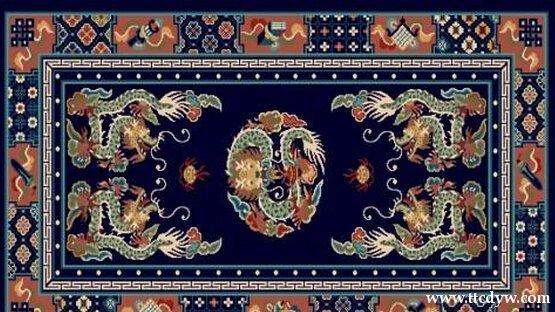

Economic and Social Impact
The Nepalese rug industry plays a pivotal role in both the economic prosperity and social fabric of Nepal. Economically, it is one of the country’s largest industries, contributing significantly to GDP and providing employment opportunities for thousands of Nepalese artisans and workers. The industry’s growth has stimulated local economies, particularly in rural areas where rug weaving is a traditional craft. It has also fostered skill development and entrepreneurship among local communities.
Socially, the industry has preserved cultural heritage by sustaining traditional weaving techniques and motifs passed down through generations. Moreover, it has empowered women artisans, who often play a central role in rug weaving, providing them with financial independence and recognition for their craftsmanship. Beyond economic benefits, the Nepalese rug industry fosters cross-cultural understanding and appreciation globally, showcasing Nepal’s artistic prowess and craftsmanship to the world stage while promoting sustainable practices and ethical production standards.






Nepalese Rugs in the Global Market
Nepalese carpets have gained global acclaim for their thoughtful craftsmanship, intricate designs, and cultural significance. Handcrafted using traditional techniques and premium materials like Himalayan wool and natural dyes, these rugs are esteemed for their artistic excellence and durability. They appeal to a diverse global market seeking luxury, authenticity, and sustainability in home decor. Nepalese carpets not only enhance interiors with their timeless beauty but also contribute significantly to Nepal’s economy by supporting artisan livelihoods and preserving cultural heritage. While facing challenges like market competition, opportunities for growth lie in innovation, digital marketing, and sustainable practices. Overall, Nepalese carpets continue to captivate collectors, interior designers, and consumers worldwide, embodying Nepal’s rich artistic tradition and craftsmanship on a global stage.
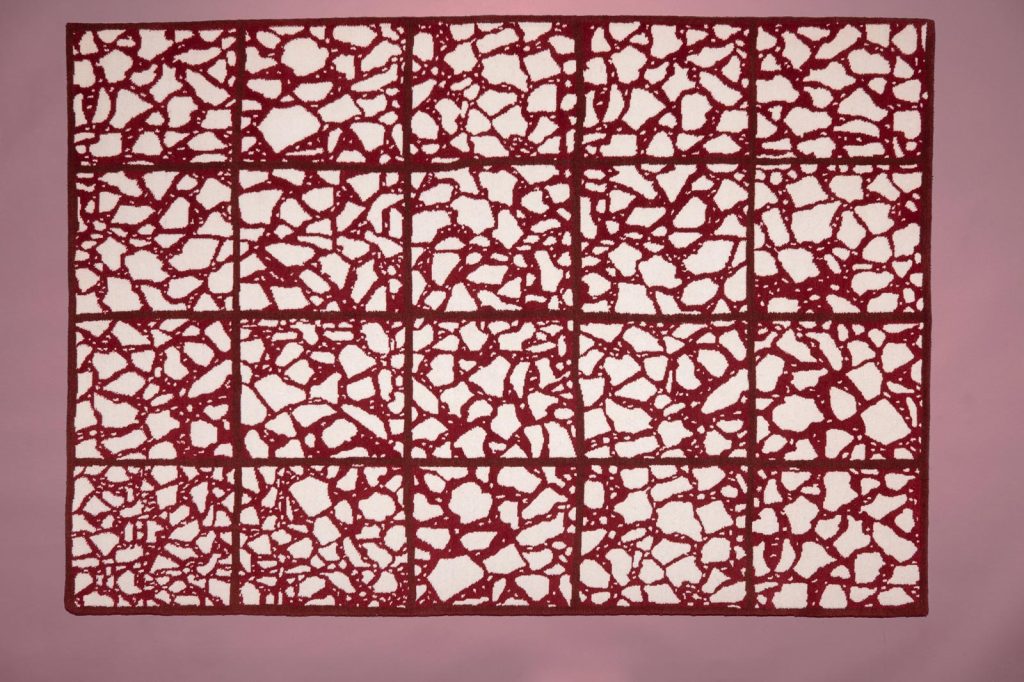



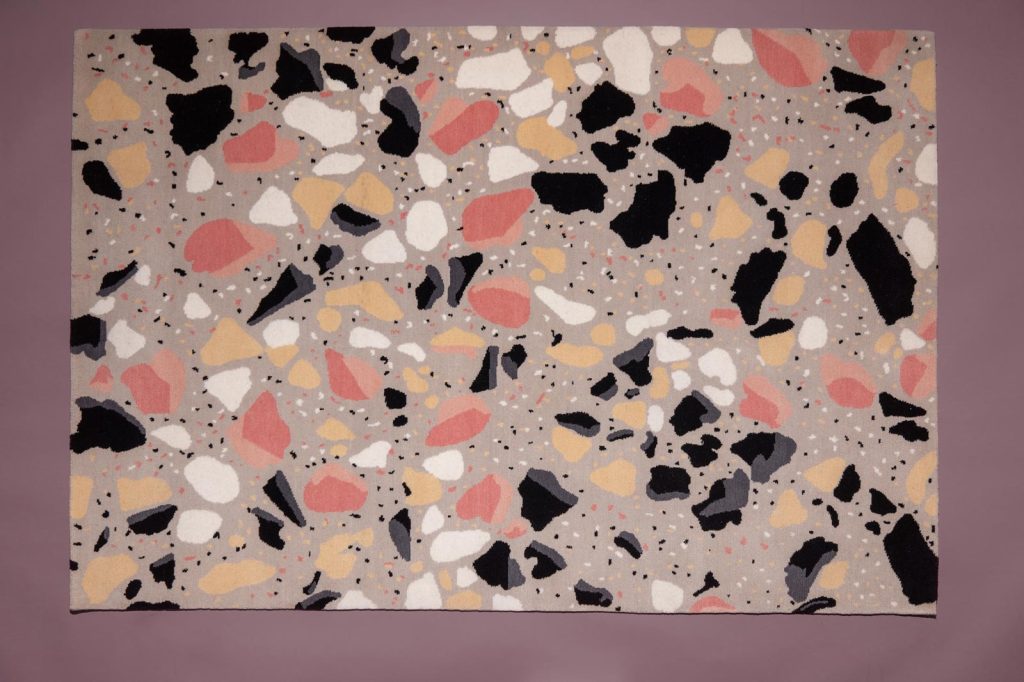

Final Thoughts
The journey of Nepalese carpets from their origins in Tibetan tradition to their global prominence today is a testament to resilience, craftsmanship, and cultural heritage. These rugs, woven with intricate designs and using time-honored techniques, not only adorn homes but also tell stories of generations past. They have played a pivotal role in Nepal’s economy, empowering communities and preserving artistic traditions amidst modern challenges. Looking ahead, the future of Nepalese carpets holds promise in innovation and sustainability, as artisans continue to blend tradition with contemporary demands. As global appreciation grows for authenticity and quality craftsmanship, Nepalese carpets are poised to remain cherished cultural artifacts that bridge the gap between tradition and modernity, enriching interiors and hearts worldwide.






